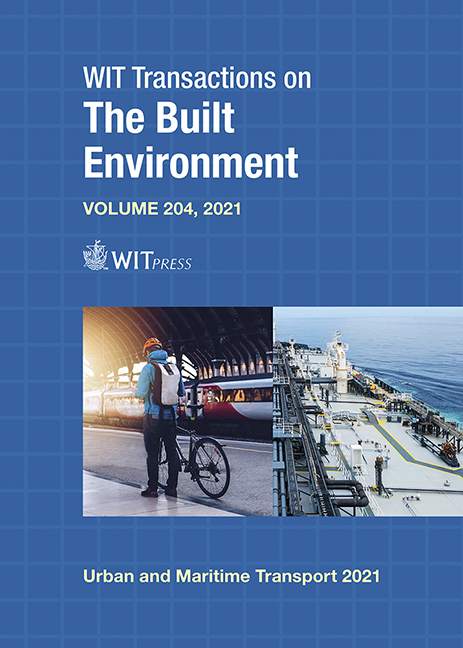URBAN SPRAWL AND MOBILITY
Price
Free (open access)
Transaction
Volume
204
Pages
11
Page Range
245 - 255
Published
2021
Paper DOI
10.2495/UT210201
Copyright
Author(s)
GIUSEPPE GALIANO, GIULIA FORESTIERI, LAURA MORETTI
Abstract
In the last century the territory and the layout of the cities have undergone important changes with an enlargement in the space of human settlements. It deserves attention in terms of the principles of sustainability, limitation of soil consumption, environmental impacts and social needs. Then, a holistic vision for the definition of city and its mobility is needed. This paper introduces a systemic conceptual framework for the urban planning by combining different definitions and illustrating a review of the main themes of modern urban planning. This study analyzes the relationship between urban sprawl and upward mobility. Territorial dynamics, transport issues, and effects of the urban decentralization are examined. Moreover, the TOD (transit oriented development), based principally on the presence of central transport stops in a medium-high density area, and the smart growth models, focusing on a compact city improving sustainable transports like pedestrian mobility and bicycles, are also illustrated. The analyzed criteria for city management and organization could be applied to the present emergency due to COVID-19 and its new challenges. The recent pandemic has highlighted the need to reorganize and adapt public services to obtain self-sufficient neighborhoods, where short distances are preferred and mobility is limited: f smart cities, defined as compact and green, could answer COVID-19 related necessities.
Keywords
urban planning, sprawl, smart growth, sustainability, mobility, COVID-19





